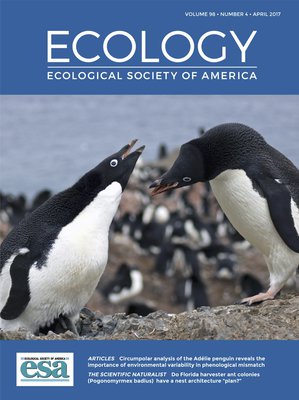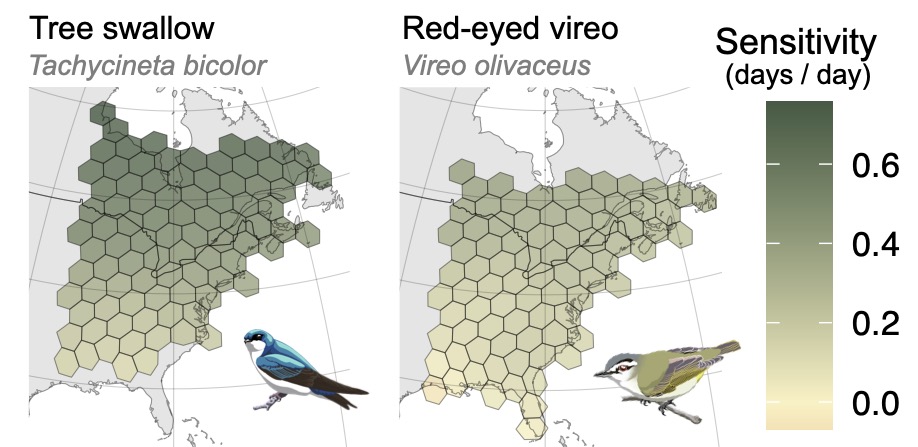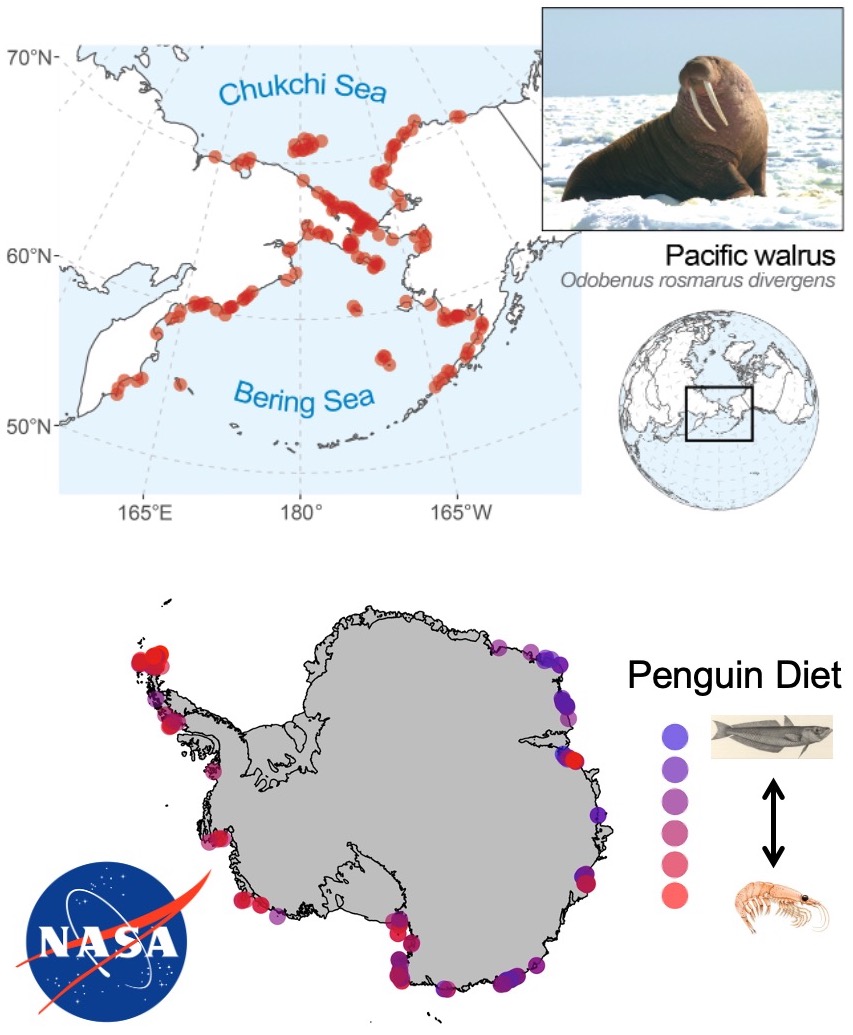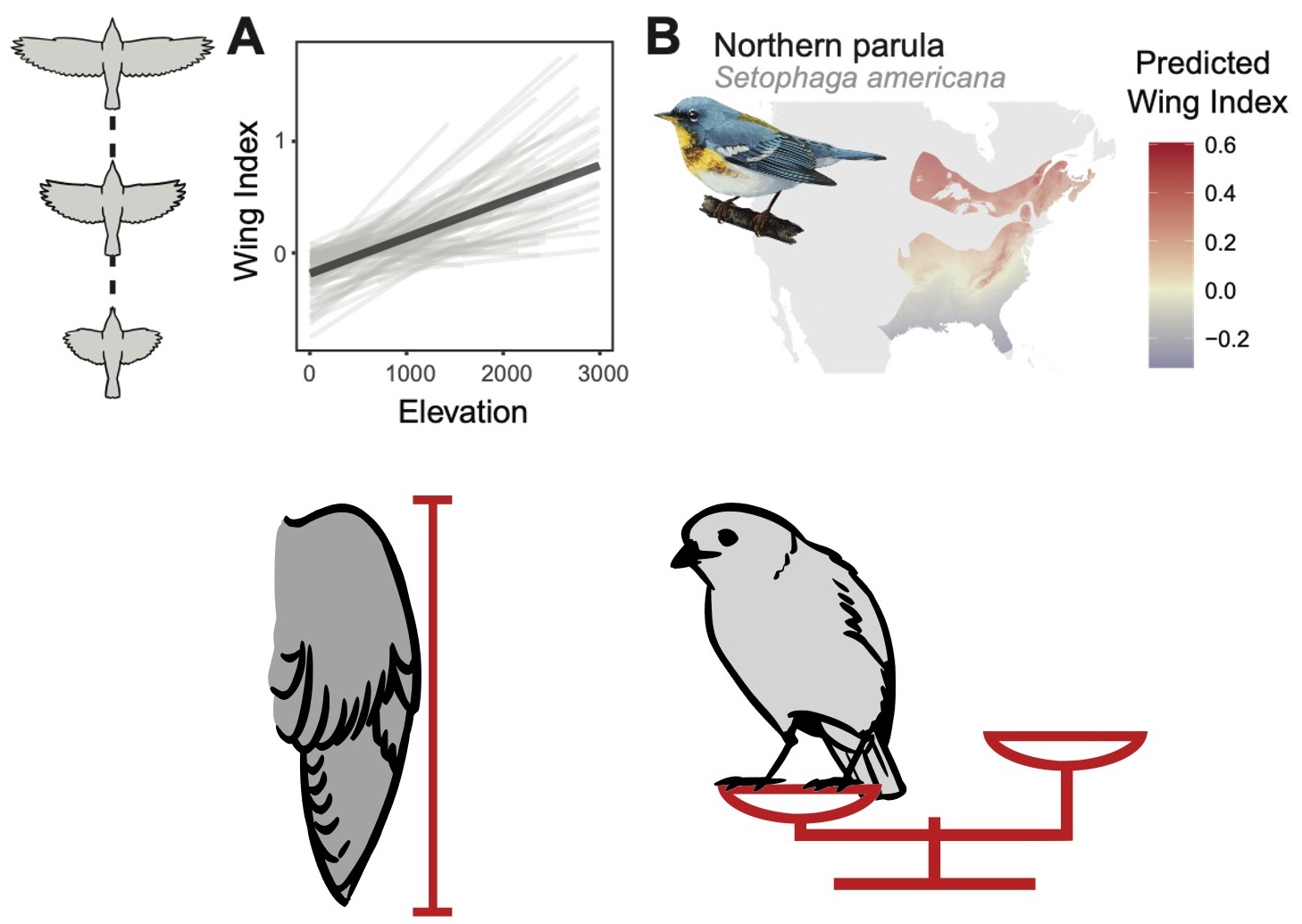Research
Seasonality and migration in a changing world
Migration allows organisms to exploit favorable conditions across the full annual cycle. However, the success of these strategies is dependent on optimizing the timing of these seasonal events (phenology) which is changing in response to warming temperatures. Much remains unknown regarding how environmental information available to organisms across the full annual cycle dictates not only where they migrate, but also when they migrate and how long they allocate to the breeding, migration, and non-breeding seasons. Ongoing research in this area is focused on characterizing how environmental conditions have shaped the migratory strategies of hundreds of species of birds from across the world and to understand how changes in the environment are disrupting these dynamics. In the context of global change, a particular focused is placed on determining whether the phenology of plants and animals is keeping pace with climate change and the consequences these responses might have for the persistence of populations. We are exploring these questions at both the individual and population levels and the intrinsic connections between phenology and the varied life history strategies that organisms exhibit.



Harnessing the data revolution to quantify ecological responses to global change

Given their inherent complexity and multiscale nature, understanding and predicting how natural systems are responding to environmental change is a challenging task. However, the rapid expansion of terrestrial and satellite-based remote sensing, coupled with advances in artificial intelligence (AI) and hierarchical modeling, is fundamentally changing the landscape of opportunity in this regard. Our work seeks to harness the data revolution to quantify how animal populations are responding to global change and to support the long-term monitoring of ecological systems. Current NASA-funded work uses newly available quantitative tools in conjunction with satellite imagery to understand how Pacific walrus are responding to a changing Arctic. AI-based deep learning approaches serve as the basis for a range-wide monitoring platform for this species, providing an unprecedented data resource of ecological dynamics in this system. Data streams such as these provide a means to characterize how the spatiotemporal distribution, abundance, and phenology of animals are responding to rapidly changing conditions, with applications for conservation management and environmental decision making.
Eco-evolutionary processes shaping phenotypic variation across scales
Understanding how and why organisms differ – in their forms, their strategies, and their responses – lies at the heart of the fields of ecology and evolutionary biology. Phenotypic variation across spatial, temporal, and taxonomic scales offers a window into the processes that generate and maintain biodiversity. While differences among species have long been central to biodiversity research, substantial and ecologically meaningful variation also exists within species. These cross-scale patterns of phenotypic diversity play a critical role in shaping species interactions, coexistence dynamics, and the resilience of ecological systems. Taking a 'big data' approach and motivated by a body of theoretical work, we are exploring these patterns across hundreds of bird species across the Americas and beyond. This work addresses a diverse set of questions, including the role of functional tradeoffs in shaping morphological variation within and among species, with implications for understanding both existing and new large-scale ecomorphological 'rules'. In exploring these dynamics from the level of the individual to entire communities, we ultimately seek to understand what these processes can tell us regarding how systems are likely to respond to future global change.
